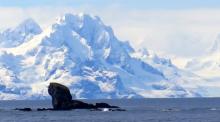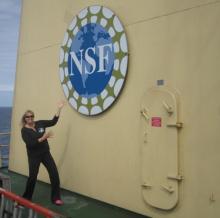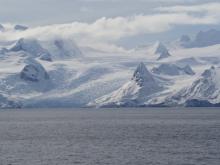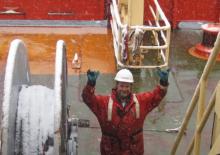Update
PolarConnect Event
Jillian connected with an audience while sailing the Southern Ocean, off the coast of Antarctica! Check out the video, audio and presentation files in her PolarConnect Event Archive.
What Are They Doing?
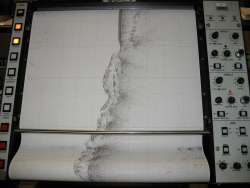
The past opening of deep Southern Ocean gateways between Antarctica and South America and between Antarctica and Australia permitted the complete circulation of the Antarctic Circumpolar Current (ACC). This opening may have been critical in the transition from a warm Earth in the past, to the subsequently much cooler conditions that persist to the present day. The opening of Drake Passage and the West Scotia Sea probably broke the final barrier formed by the Andes of Tierra del Fuego and the 'Antarctandes' of the Antarctic Peninsula. It is thought that once this deep gateway, usually referred to simply as the Drake Passage gateway (DPG), was created, the strong and persistent mid-latitude winds likely generated one of the largest deep currents on Earth. This event is widely believed to be closely associated in time with a major, abrupt drop in global temperatures and the rapid expansion of the Antarctic ice sheets 33-34 million years ago. On an earlier cruise to the Central Scotia Sea on board Nathaniel B. Palmer, however, Dalziel and Lawver and their colleagues found evidence that there may have been a barrier to eastward flow from Drake Passage to the South Atlantic Ocean basin until 10-12 million years ago when the planet descended even more deeply into an 'icehouse' state.
The research team dredged seafloor samples and analyzed them for their age and composition to determine if they may indeed have once blocked the Antarctic Circumpolar Current. They mapped the sub-seafloor to see how and/or if South Georgia is colliding with the North East Georgia Rise and with their co-investigator Robert Smalley of the University of Memphis they installed three GPS units on South Georgia to determine its horizontal and vertical motion. It is notable that the mountains of the island, which the explorer Ernest Shackleton and his companions had to cross after their celebrated small boat journey from Antarctica, are three times as high as the equivalent part of the Andean Cordillera in Tierra del Fuego.
Where Are They?
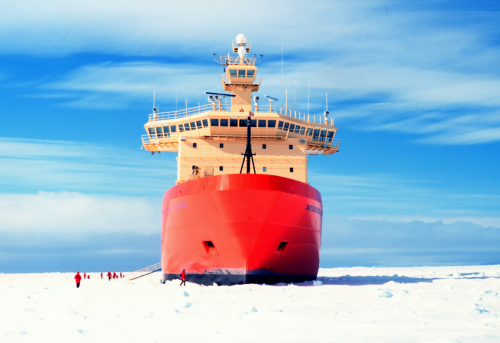
Latest Journals

Ian W.D. Dalziel is a Senior Research Scientist at the Institute for Geophysics, University of Texas in Austin. Ian has dedicated most of his career to understanding global tectonic processes and to mapping out the geography of ancient times on a dynamic Earth. His 35 years of field experience have been devoted to work in the British Caledonides, the Canadian Shield, the Andes, and Antarctica. Recently, working with colleagues from the U.K. and Australia, Ian has turned his attention to unraveling the complicated tectonic history of Scotland, his homeland. Ian was president of the International Division of Geological Society of America from 1996 to 1997, has served as delegate to the Scientific Committee on Antarctic Research of International Union of Geological Sciences since 1987, and has served as the International Secretary of the American Geophysical Union since 1996.

